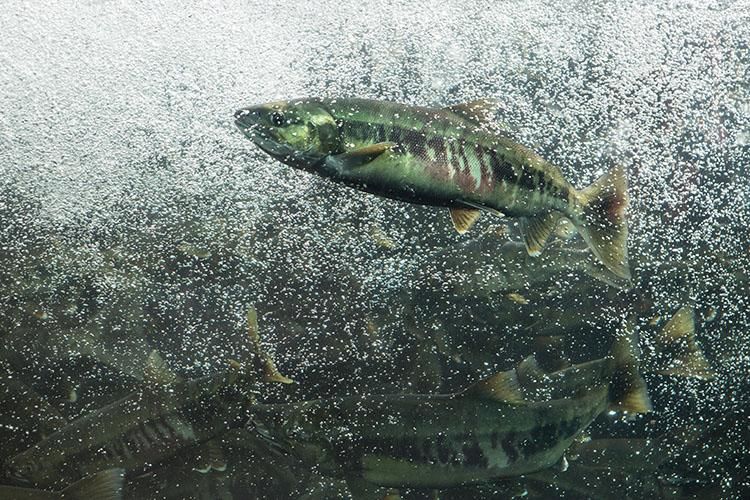The House Fisheries Special Committee met on Tuesday, Feb. 21 and took testimony regarding the 2022 Final Report by the Alaska Bycatch Review Task Force.
Linda Kozak, a member of the task force and the chair of its Bering Sea and Gulf of Alaska Crab Committee, made the presentation at the Alaska State Capitol in Juneau.
The Gulf of Alaska and the Bering Sea were of critical importance to the study of bycatch in the state, according to Kozak. She explained the areas where the task force focused its recommendations to the governor.
“Our recommendations were in three categories: state engagement, research and management. We chose those because we thought having categories would help us to be organized and efficient and be able to try to bring all of the kinds of issues together without creating any confusion,” Kozak said.
Kozak added that the task force had limited time to accomplish its work.
“We formed four committees to address the high-value species of salmon, halibut and crab,” Kozak said. “The regions that we elected to address were the Gulf of Alaska and the Bering Sea, simply because we had about nine and a half months in which to complete our work.”
Currently, Alaskans and other interested parties must research across a variety of websites to gather data on bycatch, Kozak explained. The task force wants to see that change.
“We believe that it would be very helpful for the public, the communities, the people in the state to be able to have a place, a one-stop shop, if you will, where they can go and receive information, be able to find links to research that’s being done (and) where you can get that information,” Kozak said. “To us that was one of the high priorities.”
Kozak also gave an example of how cooperation between researchers and private industry could expand and better measure bycatch in state waters.
“Let’s say you want to do a tagging study in the Bering Sea on crab,” Kozak said. “What you would do is you would take a vessel and you would say, okay, you can go out and you can catch 50,000 pounds of crab, and you can sell that crab and we’re going to do our research on your vessel while you do it. The research-funded, cooperative industry agency research projects have done some of that, but not as many as we would like to see.”
Of special note in the report are recommendations that address observed and unobserved mortality caused by gear interactions, studies of the impacts of repeated capture and discarding and addressing data gaps regarding uncertainties in the directed crab fisheries.
The task force is also recommending that, following gear modification research, that the state consider regulations for the directed crab fishery to reduce incidental take and discard mortality.
Image at top: Chum salmon swimming upriver. Photo courtesy NOAA Fisheries.





